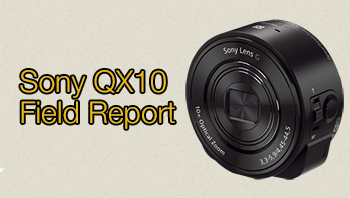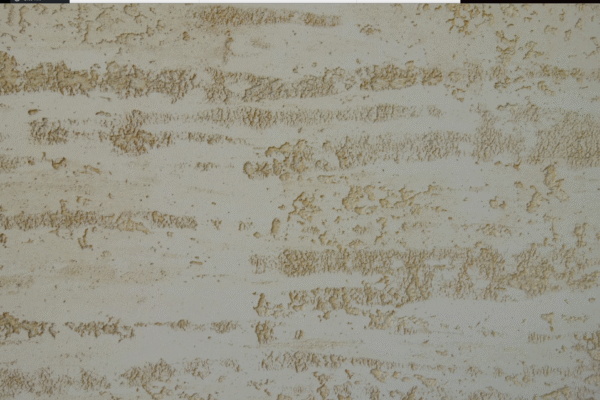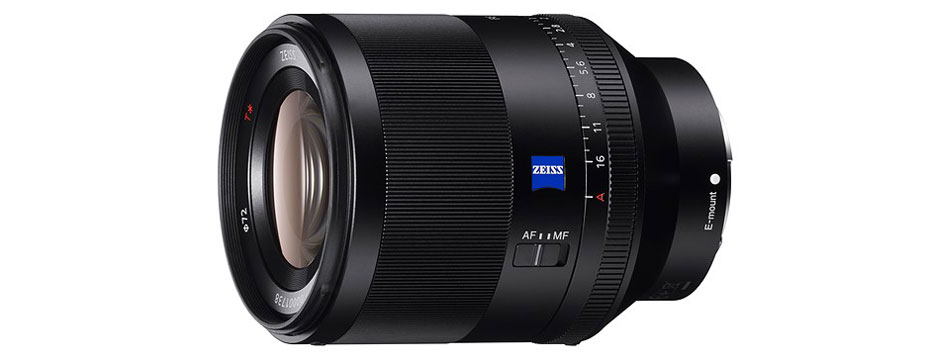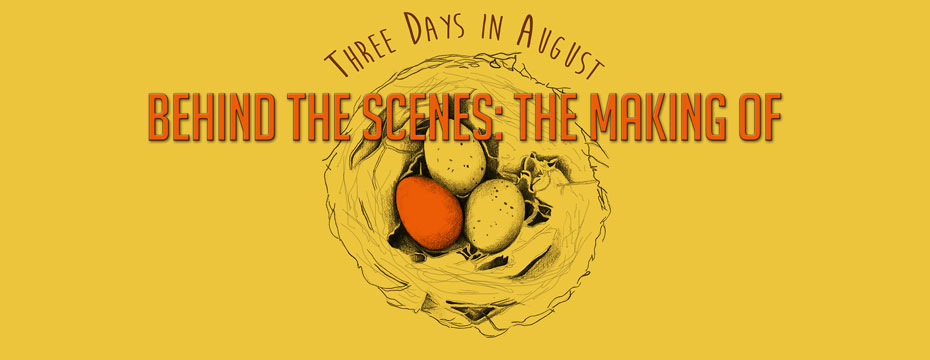
Sony QX10 – Field Report
Sony QX10 Lens Camera Field Report: More than a cool Concept?

Mobile phones are the most used cameras in the world. But they are limited in many ways for those who love photography:
-
Mostly fixed focal length (no zoom)
-
Image quality below entry level compact cameras
-
Not much control over expsure
Note: This review is based on our own QX10 which we bought at a normal retail store.
What are the options if you want more from a camera than the phone can deliver. Here are some criteria to consider:
-
Little extra bulk and weight
-
Handling
-
Image quality
-
Integration with online services like email, Twitter, Instagram and Facebook
-
Cost
Before we go further lets talk about the Sony Lens Cameras QX10/QX100. A lens camera is actually a fully self contained camera without any user interface. The camera gets connected to a phone via NFC or WiFi (our iPhone 4S only allows the WiFi option). Then using the Sony PlayMemories Mobile app you control the lens camera to take pictures and change settings. These features make the QX10/100 self contained and yet possibly connected to the phone:
-
Own battery
-
Own Micro SD card to store images and videos
-
Own shutter release
-
Tripod mount
-
Battery indicator
-
Phone adapter to attach the lens camera to your phone
Lets have a look how the QX10 works. We found the QX100 too bulky and wanted to explore the concept with the QX10
Attaching to the phone
Attaching to the phone works well. The spring loaded adapter hold the phone with a quite secure grip. It even worked with our thick Kungle case. As you can see we also used our Clic Stic connected to the QX10 tripod mount. Holding the Clic Stic with our right hands we can also use the shutter and zoom controls on the QX10 directly.
Note: attaching the QX10 to the phone is of course optional. This allows to position the QX10 at other places and control it remote (we did not test the distance but some claim that 10 feet should be working fine with no obstructions in your way).
WiFi Connection
The more critical part of the whole QX10 experience is using WiFi. The QX10 creates an adhoc WiFi network. The first time (or to our surprise after a re-boot) you have to enter a cryptic WiFi password (found under the battery cover). Later this should not be needed anymore (except maybe after re-boot). Too bad our iPhone 4S does not support NFC so we could not test this connection. Once the phone is connected to WiFi the connection of the Sony PlayMemories app is still slow (eachtime you start it up). Hard to say for us whether this is a limit by iOS or the app implementation.
Sony PlayMemories Mobile App
Sony’s PlayMemories Mobil app provide the UI for our iPhone (or other phones). Some notes about this app:
-
UI is simple which is ok for our use
-
Refresh rate not ugly slow but also not fast (maybe limited by WiFi)
-
Allows only automatic options (some variations of Program mode)
-
You can set a value for exposure compensation (something we would like to have on the iPhone Camera app).
-
Allows also to shoot video at 1080×1440 at 30p including stereo sound. This is actually of higher quality than 720p.
Very limited options are available via the tools menu:
The QX10 can actually create up to 18MP JPEG images (no raw files possible). Normally you would only save these 18MP images to the internal Micro SD card. The default (Size of Review Images) for saving to the phone would be 1080×1440. This not only saves space on your phone but is also big enough for most Internet sharing usage. Here is a list of features we really miss:
-
Raw files
-
Control over sharpening, contrast and saturation
-
Control over JPEG compression
-
Live histogram while shooting
-
Post histogram on image review
-
Panorama mode
-
Faster lens (maybe by reducing the max focal length to 150mm equivalent)
-
App has frequently to be restarted because of a freeze
-
We had also one instance where we needed to re-boot the QX10 by pulling the battery. In that case the app could not find/use the network while the iPhone did.
Note: Maybe Sony improves the app over time which would make it more enjoyable
Useful Features and Image Quality of the QX10
-
Image stabilized zoom
-
Exposure compensation
-
The zoom itself gets you beyond the iPhone Camera
-
At lower ISO the images are at the level of a good P&S camera
-
Don’t get hung up by the 18MP. All images look better if downsampled.
-
Overall a clearly better image quality than with the iPhone
-
The QX100/RX100 image quality is way above any iPhone image quality (but you also have to pay for it)
This is actually the key question:
Carry an extra small camera or use a QX10/100
A. A Sony QX10 equivalent camera
The QX10 shares the core features (zoom and sensor) with the Sony WX-200 P&S camera and should get about the same image quality. The WX-200 also can get connected via WiFi with your phone.
 Sony WX200
Sony WX200
 Sony QX10
Sony QX10
Both cost about the same and the difference in size/weight is minor. Because the WX-200 allows the user more control and options we think the WX-200 would be the way to go. But if you want to post directly after taking the photograph to Twitter and Facebook the QX10 is better to handle. The WX-200 would require to transfer the images to the phone before this could be done.
B. A Sony QX100 equivalent camera
The Sony RX100 Mk II is considered by many (us included) the best P&S camera on the market. This is because of the unique 1″ 20MP sensor.
 Sony QX100
Sony QX100 Sony RX100We show our RX100 Mk I because it comes close to the RX100 Mk II. One of the features missing from the RX100 is the WiFi connection featured by the Mk II model. The QX100 is listed at $500 while the RX100 Mk II costs about $750. If good image quality is your main goal then the RX100 at $600 also maybe a good choice. For us the QX100 looks more bulky than the RX100 Mk. II and also lacks many features (e.g. raw images, full HD video at 60 frames per second). Again in terms of handling and features we would rather carry the RX100 Mk II (we actually keep our RX100) than the QX100.
Sony RX100We show our RX100 Mk I because it comes close to the RX100 Mk II. One of the features missing from the RX100 is the WiFi connection featured by the Mk II model. The QX100 is listed at $500 while the RX100 Mk II costs about $750. If good image quality is your main goal then the RX100 at $600 also maybe a good choice. For us the QX100 looks more bulky than the RX100 Mk. II and also lacks many features (e.g. raw images, full HD video at 60 frames per second). Again in terms of handling and features we would rather carry the RX100 Mk II (we actually keep our RX100) than the QX100.
Note: If we would not own the RX100 Mk I the QX10 would get a different evaluation. Buying a RX100 Mk II at $750 would be a much harder decision. For many users a WX-200 or QX10 would be a good enough option.
Some more images from the QX10
A few more photos can be found here.
Conclusion
The QX10/100 lens cameras implement a cool and innovative concept. To some extent they also work as advertised. The problem lies with the WiFi connection and also the PlayMemories Mobile app implementation. You have to decide whether it is for you. We are really glad that Sony created this new categorie because now it can be improved.
[ratings]



 Uwe Steinmueller
Uwe Steinmueller












